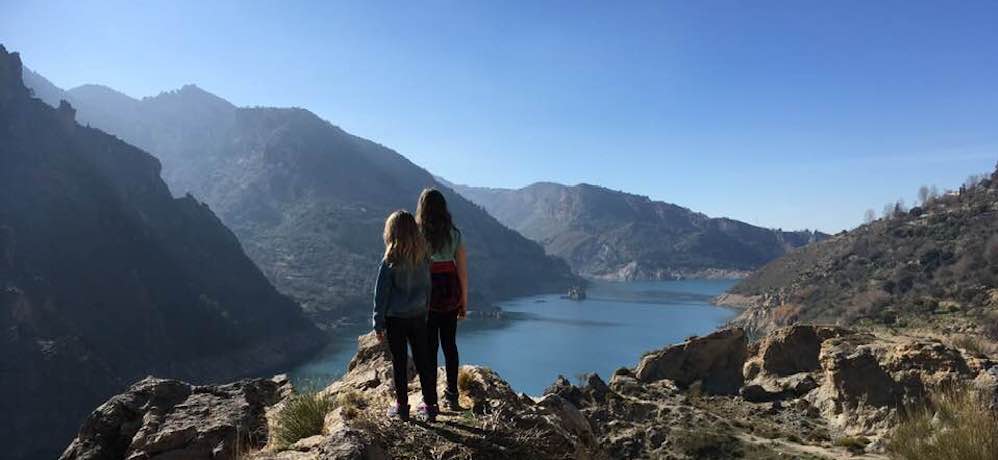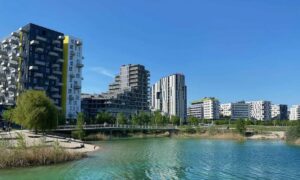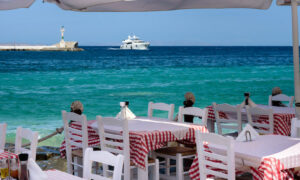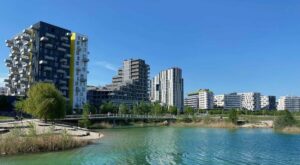Despite both the Coronavirus and (possibly be because of) the fast-approaching Brexit deadline, social media is again abuzz with people asking about – and indeed signaling – their intent to move to Spain this year from the United Kingdom.
I myself packed my bags and relocated, together with my husband and two children, to Spain more than five years ago. Being the impulsive type, it was never realistically going to be a particularly well-planned or researched move. If truth be known it consisted little more than a pin in a map and a few well-directed questions on Facebook.
Relocating to Spain had always been on our radar, so to speak. My eldest had started university in the UK the previous summer and my younger two were of the age (6 and 3 years old) where starting afresh and learning a new language would come naturally and – dare I say it – easily.
Our pin had landed on Javea/Xabia in the Comunidad Valenciana, a small coastal town on the Costa Blanca equidistant between Alicante to the south and Valencia to the north, a town and area that I’d recommend anyone to visit.
Thinking back, there are very few things I didn’t know that I wish I’d known from the outset. Of course hindsight is a wonderful thing and, yes, there were some things I’d have done differently. But that wasn’t because of lack of information or research. It was simply the wrong decision at the time.
However, there was one question that never crossed my mind: Which language are children taught in Spanish state schools? I always assumed it would be Spanish. Wrong!
Comunidad Valenciana is one region (another is Catalonia) that prioritises the local language above Spanish. So those children living in the area would be taught a mix of Valenciano (an autochthonous version of Catalan) and Spanish, with up to 60 percent of the lessons in Valenciano and the remainder a mix of both Spanish and English.
Too much uncertainty
The situation concerning the teaching of Valenciano is relatively fluid and subject to change depending on the prevailing political winds at the time … so much so that when we arrived in in 2015 the proportion of lessons carried out in Valenciano was closer to 20 percent, increasing to nearer 60 percent in 2018.
That’s 60 percent of lessons in a language only 2.5 million people speak compared to 570 million Spanish speakers. How can this possibly be a good option for children? And how can you trust in a system not knowing which language children will be taught in in one, two or three years time?
So, despite really not wanting to uproot ourselves again we decided that after three years enough was probably enough. Our eldest was struggling with the languages, not really speaking or understanding either Spanish or Valenciano. The large expats population didn’t help – the English speaking children tended to form their own clique and wouldn’t mix as well
as they perhaps could with the Spanish children, so no “learning on the playground.”
I had numerous discussions at the time, often people would insist that it would be ok, that the children would adapt and cope or that they’ll learn Spanish on the playground. We get one go at educating our children; do we really want them to learn Spanish on the playground? And as for them “coping,” is coping the best we can hope for?
We did spent a small fortune on Valenciano/Spanish tutors (any expats moving into the area will need to find additional tutors for their children), but it didn’t help. Not only were the tutors unreliable (we must have gone through five or six of them), but our eldest daughter was getting more and more confused between the languages, as a consequence we started to look at other options.
Time to go
It took us another year to move to Güéjar Sierra, Granada in the Andalusia region, a move that we wished we had done a year or so earlier. The transformation in the way they approach school and friends has been amazing to watch. The girls found life much easier. Their grades improved almost immediately. Before, our kids were the only English-speaking children in the bi-lingual school. They now play with the local children and know every person on our street.
The school day starts at 9 a.m. and finishes by 2 p.m. You than have an option to leave your child for comedor – school meals. In Javea the cost was 4.20 euro per day. In Guejar Sierra, we qualified for free meals (don’t ask me why, though I suspect everyone in our town does.)
The town hall subsidises a lot of the additional costs including:
• free school meals
• two days of free after-school activities
• the cost of books and school supplies were refunded to us.
In Javea, for example, we paid 150 euro per child for books/materials and after school activities were extra, about 15 euros per month.
School meals finish at 4 p.m. when you have an option to either collect your children up or leave them for after school activities. In our school – it is English most days except Tuesdays and Thursdays when there are art lessons. There is aula matinal – early drop off from around 7 a.m. and late pick up is available in most of the schools.
Andalucía has a well established big bi-lingual program, first language Spanish and second English (or in some cases French). There are numerous bi-lingual schools, meaning they teach at least one of the subjects in English using English textbooks (most often science).
So if you are thinking of moving to Spain with children my advice would be to consider Andalucía. Here is a very useful link for public Spanish schools. There’s information on what schools are there in the town/city you thinking to move to, as well as what the school is offering such as comedor, aula matinal, actividades extraescolares etc.
It is in Spanish, so if you need help understanding/navigating, or you have questions, do not hesitate to contact me via my Facebook page, “Moving to Spain with kids.”
Wherever you decide to move in Spain, investigate and ask questions!
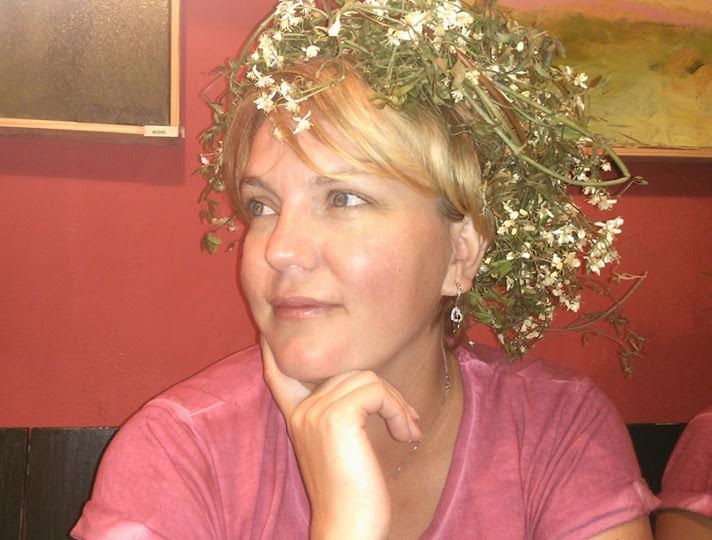
About the author:
Irina Greensitt is from the far eastern town of Khabarovsk in Russia, but has previously been living in the United Kingdom for seven years before moving to Spain in 2014 together with her husband and two young children.
Irina now runs an internet business and lists walking, travel and sailing (passing her skippers exam in 2016) amongst her hobbies.
See more from Dispatches’ Spanish archive here.


